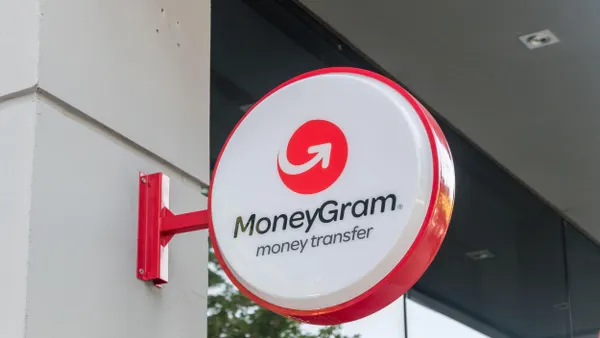When David Wells was a senior business analyst at Logistix, a turnkey manufacturer in Silicon Valley, a client was confused by the company's pricing methodology. To address the problem, Wells and a colleague built a model that the client agreed set prices at a fair and accurate level. But there was a catch; within months, the model would lead to a spike in revenue for the company at the expense of the client.
"When I saw what was happening," said Wells, now CFO of Endra Life Sciences in Ann Arbor, Michigan, "I went to the customer and I said, 'Listen, we're going to end up making a fortune, and that's not what anybody intended.' And they said, 'We love the model. We’re fine with it. Keep it going.'"
"What it taught me was, you've got to listen to your customers," Wells said last week in a CFO Thought Leader podcast. "You've got to understand your business and how [your customers] view their business. If you can put all of that together then as a CFO you’re in perfect shape to make the right decisions, both for the customer and for your own company."
Go-to-market strategy
Today, Wells' focus is on helping Endra, a pre-revenue medical device company, keep to its go-to-market strategy as it steers through the downturn.
"The clinical trials have been slowed and that's unfortunate, but there's nothing we can do," he said.
The company's product is a 3D photo-acoustic imager that uses sound waves to help identify how much fat is in a patient's liver. The system gives clinicians a way to monitor changes in a patient's fat levels without the high cost of an MRI or the invasiveness of a biopsy.
"There are many therapeutics, many drugs," Wells said, but there isn't an easy, inexpensive way to monitor changes in liver fat.
The company earlier this year was granted a CE Mark — the European FDA approval equivalent — to sell its product, and it's in the process of filing with the FDA.
To prepare for sales, the company is devising ways to get the imager in front of clinicians without relying on in-person sales calls.
"We're going to have to convert our thinking to remote communication," he said. "We know clinicians will want this and our job is to figure out how we can get it to them if we can't knock on their front door."
Managing a public company
Wells' experience as a finance executive in both public and private companies gave the board the confidence to take Endra public in 2017.
"They knew I had the experience to manage public companies," said Wells, who joined Endra in 2014. "It was a natural next step for the investors to say, 'Okay, let's flip it public and allow others to invest in the more liquid format as compared to privately held deals.'"
Wells said he finds the public model easier than private equity for raising money, but once you go public, it tends to consume your attention.
"Much of being a public company CFO is about getting public, staying public, doing it cost-effectively and correctly," he said.
To get the company ready for the IPO, he had to build his team from scratch and get the books in order.
"In early companies you're going to have a deal made on top of a deal made on top of a deal and they may not have a harmony," he said. "So, first you have to get the capitalization table harmonized, then you have to build some models, then — it sounds silly, but you need a chart of accounts that makes sense — and you need an internal process to record the data."
Maintain connections
For Wells, the key to success as a finance leader is to maintain your connections as you move through your career and ask questions of people you trust to know the answers.
"You never know when you’re going to need to make a phone call," he said. "The CFO is like the center on a basketball team. We may not shoot a lot, but we pass the ball. The idea is to make sure you have the right lawyers, bankers, and others in place.
"I'm not afraid to ask good questions of people I feel are qualified to answer and listen to their answers," Wells said.












